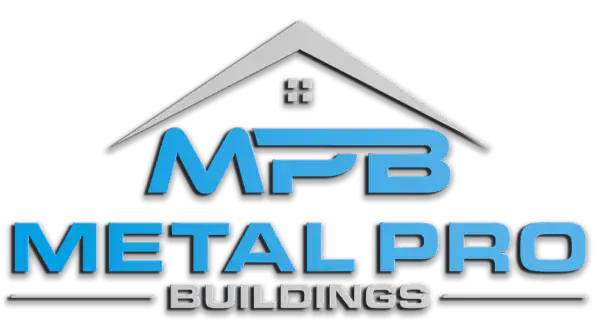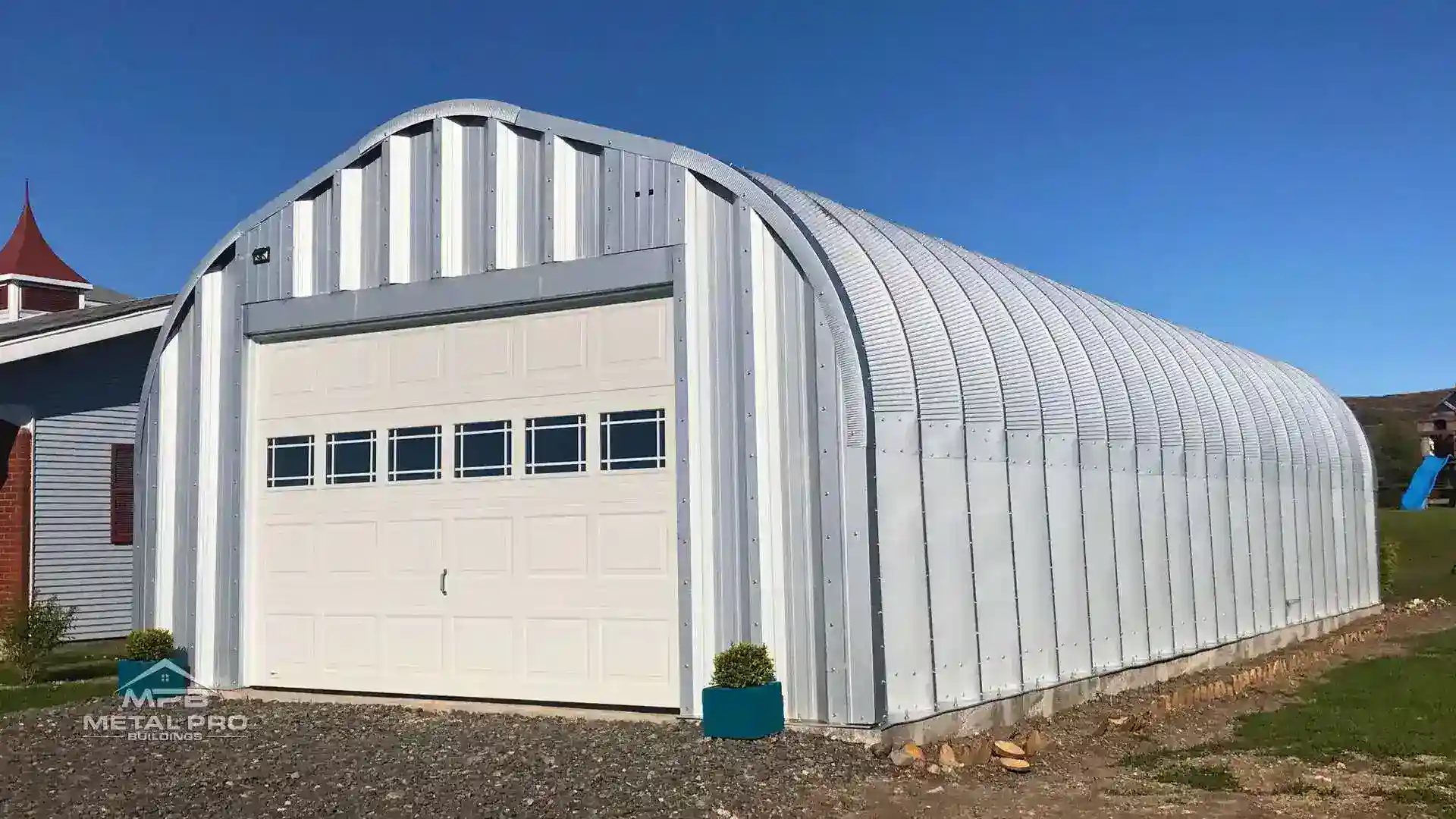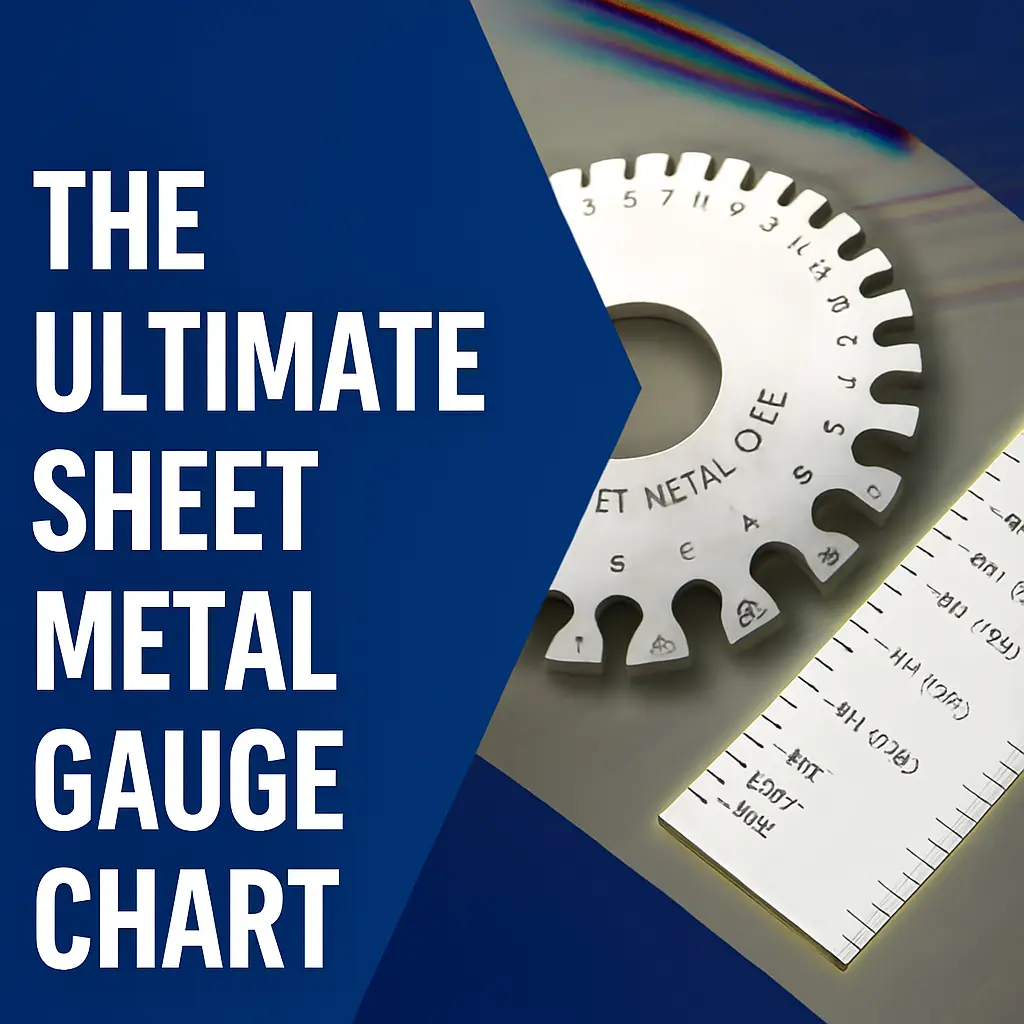As steel buildings become more popular as an option for storage, commercial, retail, and even residential dwellings, competitors are bound to crop up. One of the most popular competitors is the fabric building, which uses a (usually) metal structure and stretches fabric over the top of it.
These structures, like steel buildings, are economical and sturdy, but how do they hold up? Let’s check out a comparison and contrast between steel buildings and fabric buildings, and see which one is the better option for your storage or occupancy needs.
Metal Buildings
Steel buildings are entirely made from prefabricated, solid steel. This steel is at minimum 22 gauge in thickness, and it’s coated with a reflective and corrosion-resistant alloy which keeps heat away. Unlike fabric buildings, metal buildings are heavy-duty and can withstand any environmental conditions or weather thrown their way. While the entry cost of metal buildings may be somewhat higher than fabric, they will last for decades with almost no maintenance, whereas however thick it might be, fabric wears down and tears, requiring repairs.
Quonset buildings are also often cheaper to insure than fabric buildings, and they can raise the overall value of your property. They offer nearly 100% usable interior space as they don’t require struts or trusses to support, and they can be completely customized according to the user’s specifications.
Steel is also a green construction material and can take advantage of geothermal or solar energy, and save you money on utilities. Finally, these buildings can be erected in just a few days.
Fabric Buildings
Fabric buildings are also called tension membrane structures. They are made by taking a large piece of fabric and stretching it taut over the building frame. The fabric, in fairness, is incredibly durable and thick, much more than any piece of clothing you wear — often more like very heavy canvas. It creates a relatively durable structure that is advertised as fairly low maintenance. They are very inexpensive to purchase and erect. They also offer a lot of usable space and provide temperature control.
On the downside, fabric tears. Even the thickest fabric is vulnerable to wind, rain, ice, and heat. It can grow mold and mildew. Fabric buildings are also often not built on foundations. This means they are not like permanent metal structures for sale, which can be a detriment to property values and cost more to insure.
Metal Buildings vs. Fabric Buildings
While fabric building manufacturers obviously tout their option as superior, when one looks at the big picture of steel buildings vs. fabric buildings, steel almost always comes out on top. For a nominally higher entry fee, you’re saving yourself on upkeep, repairs, and utilities. You’re getting a building that will last for years, customized to your needs and offering full usable space. Whether you’re living in it, storing an RV in metal shed, setting up an airplane hangar or warehousing goods, steel is the way to go.
At Metal Pro™ Buildings, we’ve spent more than 30 years perfecting the process of fabricating and building quality metal structures. Learn more about who we are and what we do, and get in touch to start customizing your structure today!






